By Rob Morel
I have been following this column ever since it hit the blogosphere, and I noticed that nearly all of our ExNotes writers have written about motorcycles they previously owned. This story is about some of the motorcycles and scooters I’ve had. It’s good to look back and cherish the things that have made life fun, and for me, motorcycles and motor scooters have certainly been a big part of that. Since I was a wee lad out on the farm, motorcycles have been my comfort, sanity and spare time hobby. They kept me out of the drinking and drugs my friends were getting into during high school. I opted instead for racing motocross in the mid 1970s when I was in high school. I was a Suzuki mechanic during high school and I loved it (despite all the teenage hormones interfering with my mind).
My very first bike was a Motobecane moped, which was also known as our barnyard speedway bike. With a little rain on the manure we could slide that baby around like Mert and the boys at the San Jose mile.
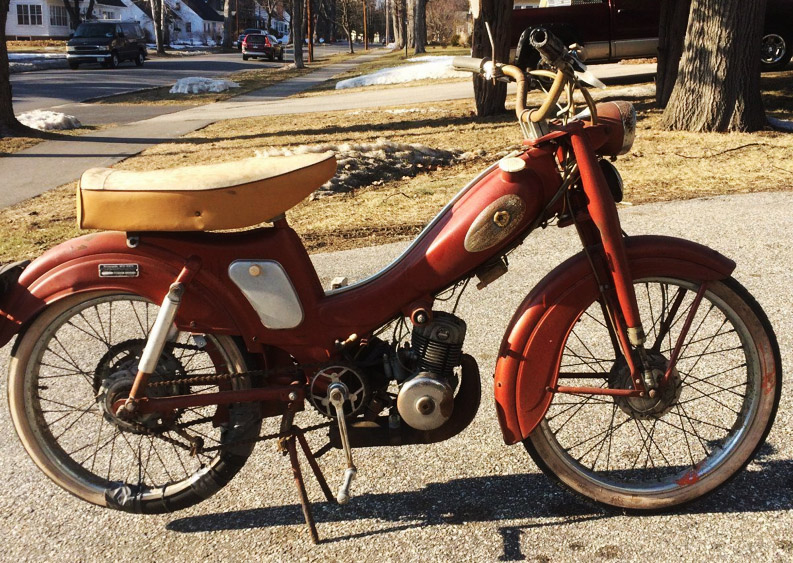
My next bike was a 1969 Hodaka Ace 100, and it was my first love. I spent many hours riding this motorcycle around the farm. I learned how to work on bikes on this motorcycle. They were great bikes.

This next one is a 1969 Maico MC125 motocrosser. I never got to ride or race it. A personal shortcoming is that I like to take things apart to see how they work. I took the rotary carb the off the engine to see how it worked. I then put it back together not realizing the rotary valve needed to go on in a certain way to time it with the piston going up and down. It never ran after that and burned up in the chicken house fire. Now, 50 years later, I know how to fix it. They say we get smart too late. This bike, for me, is one of many things that proves it.

This 1974 Suzuki TM125 was my elixir through high school. I raced it at Puyallup International Raceway’s high school challenge.
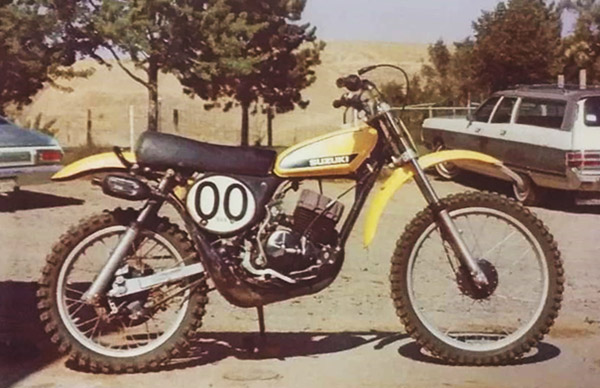
The 1974 Suzuki TM250 was my other elixir through puberty. In my first race I looped it over backwards and they wouldn’t let me race again at the Starbuck track in Washington.
Here’s my 1976 Suzuki TS250. It was my first adventure travel bike and I loved it. I remember its two-stroke motor smoking down Interstate 5. Yeah, baby!
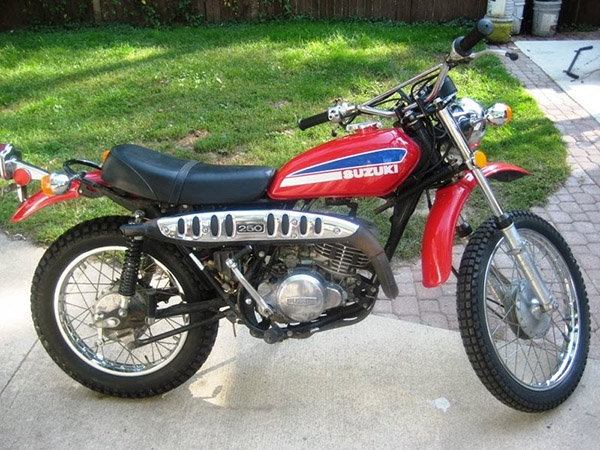
Then it was a series of bikes for which I have the memories but no photos. I had a Honda MT250 enduro that I traded for a Skidoo snowmobile. I should have kept the bike. Then it was a Suzuki GN400 thumper road bike. It was old school cool. Next up was a 1978 Husqvarna OR250 enduro. I broke a rib on crashing that bike going less than 10 miles an hour and I suppose that makes me lucky (that rib was the only bone I ever broke, and I’ve been riding a lot of years). I next had a GY200 Chinese enduro with a Honda-based engine. That was followed by a 1998 DR650 Suzuki, a nice big thumper. I had a Kinlon 150 road bike prototype that I later donated to the Barbour Museum. They resold it at a Mecum auction a few years ago.
Here’s my 1974 Honda MT125 Elsinore project bike. I rode to the Badrock Reunion at Hodaka Days with it a few years back.

My 1986 Husqvarna WR400 was a wonderful bike, but it was too tall and too hard for me to kick start with a bad hip. I think I was over-compensating for something. But the price was good so I bought it.

I had a 1988 Honda NX250, another one that left me fond memories but no photos. It was a nice little enduro with a water-cooled engine and a 6-speed transmission. It was kind of like a CSC RX3.
This was my 2006 Suzuki DR650. If it’s a yellow motorcycle, I’m a goner.

I had a 2008 Kawasaki Versys 650 (another one with no photos). That was my first long distance traveling big boy bike and I rode it to the Grand Canyon, Bryce, Zion, and Yellowstone. It’s the only bike I’ve ever crashed on the road. I spun out going about 35 mph in Yellowstone on the geyser snot on the road. Who would have thought that was even possible? I smelled like rotten eggs the rest of that day after landing in a ditch filled with geyser water. (Editor’s Note: Better that than crashing the manure-drifting moped you mentioned at the start of this blog!)
I was one of the first to buy the new 2015 CSC RX3 250 and it was a fabulous motorcycle. It’s the motorcycle you I covered 17,500 miles with it and had tons of camping fun on rides to Baja, Hells Canyon, the Grand Canyon, Canada, Death Valley, the ExtraTerrestrial Highway, the Columbia River Gorge, and Moab. I rode an Iron Butt (baby butt) ride on the RX3, and I rode on the original CSC Western America Adventure Ride and the Destinations Deal ride. I called it Donkey Hotey, and mounted a hood ornament on it.
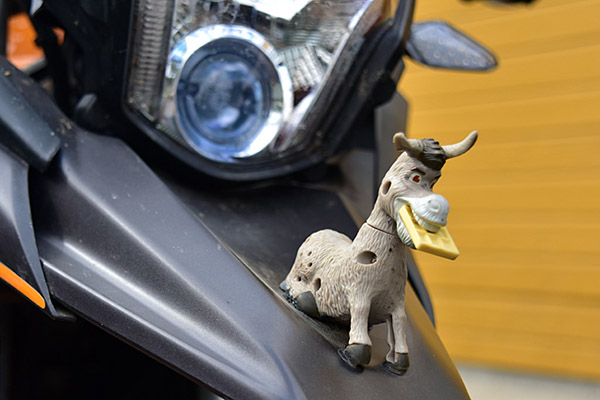
Those RX3s were fabulous motorcycles. It’s hard to believe that they came out 8 years ago.
Other bikes I’ve owned that I don’t have photos of that I owned around this time included a 2008 Yamaha XT250, a 2009 Yamaha XT250, a 2006 GY200 Chinese enduro project R&R motor that I worked on with my son.
Here’s a photo of my 2002 MZ 125SM. It was a cool little water-cooled motard bike. I had a lot of fun on it.
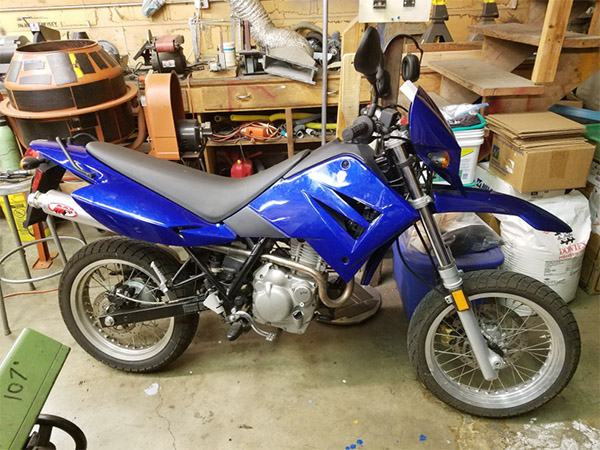
I bought a 1982 Kawasaki KZ440 basket case bike and put a Harbor Freight 312cc motor in it. It had a constant velocity belt drive. I really wanted a Rokon RT340. I got one of those later, and I’ll cover it below. I then had a 1999 Suzuki DS80. That was one I fixed to resell for a neighbor’s kid. I had a 1982 Suzuki PE175Z. I got it running and sold it. It was a very nice enduro motorcycle.
I owned a 2009 BMW F650GS twin. The BMW was a very nice bike for traveling across America. I rode it from Oregon to Alabama and back.

This was my 2009 Aprilia Scarabeo 200 scooter. I bought it to run in the 2020 Scooter Cannonball ride, but Covid canceled that run and I sold it.
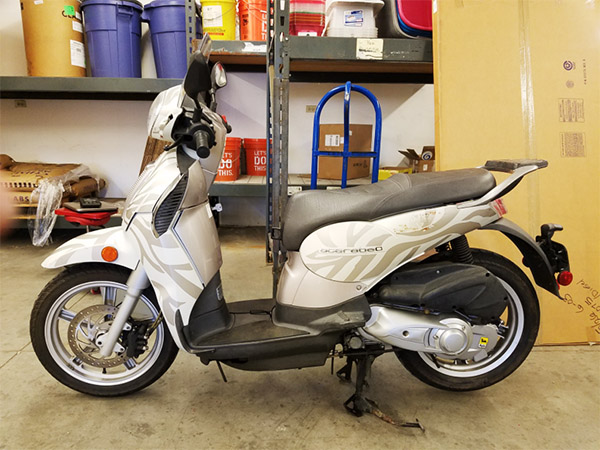
Here’s a 1975 Rokon RT340. I had one just like the one in the photo below. It had a Sachs 340 snowmobile motor with a CVT belt drive. I was a twist and go setup that could reach 90 mph. Well, not with me on it, but it could.

I had a 1985 Honda Elite CH150 scooter that had been stolen, recovered, and then sat for years out in the weather. I got it running and it became my daily driver. I affectionately called it “Tetanus Shot,” because I felt like I needed a tetanus shot just by looking at it.
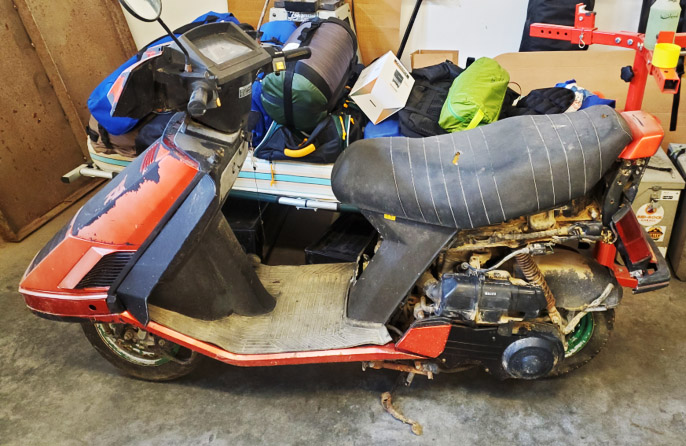
This is my 2008 Suzuki Burgman 400 Maxi scooter that has become my traveling bike now. I guess that makes me a Burg Man, too.
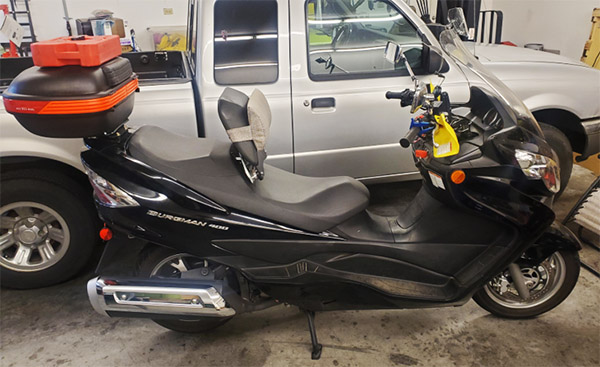
Here’s my 2012 Honda NC700X. I did a 7000-mile Alaska trip on it. It ran like a sewing machine all the way up and all the way back.

Here’s a 2019 Genuine G400c Chinese thumper road bike. I bought it used for a good price. It’s a fun little nostalgic bike that has a 1970s look. The same company that imports Genuine scooters imports this bike from China. It’s made by Shineray (they pronounce it Shin You Way in China). The engine is based on an old Honda design that Shineray picked up, and that engine is used as the basis for the Janus 450cc. Joe Berk rode one of the Genuine motorcycles out of Barry Gwin’s San Francisco Scooter Company about three years ago and he liked it, too.

This blog may be getting too long with all my old bikes and photos, so I will stop for now. Thinking about my former bikes has been fun, though, and if you have a bike you have fond memories of, please leave a comment below and tell us about it. And watch for a future blog about me going over to the dark side and becoming primarily a scooter rider.


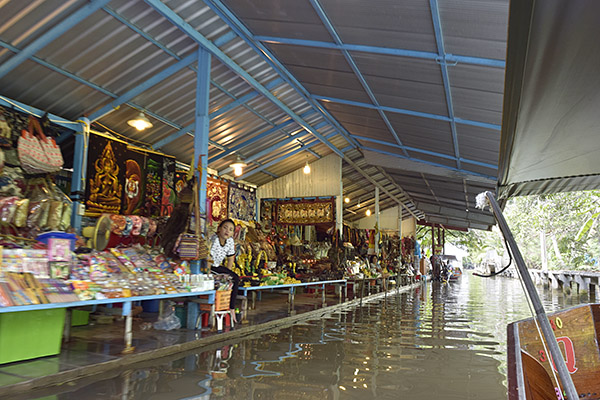

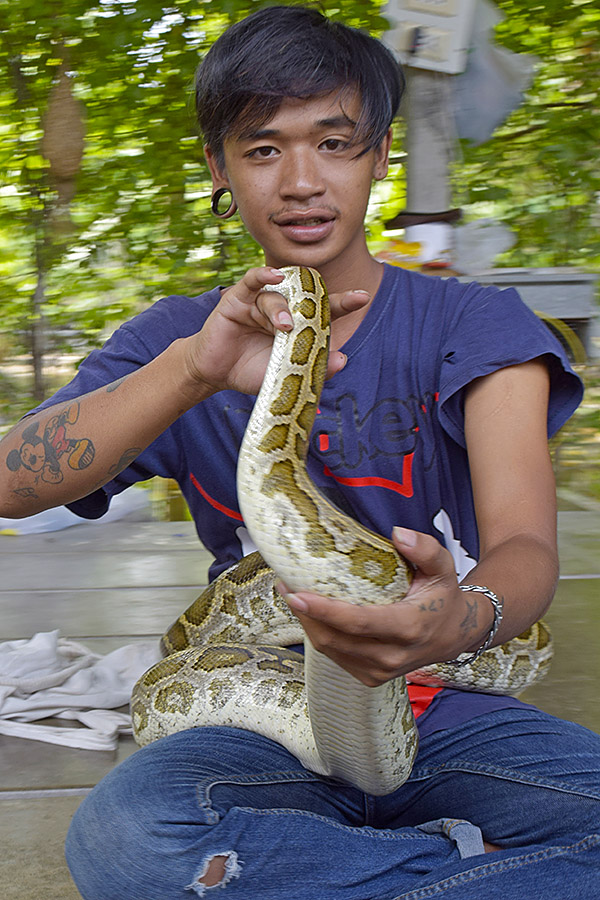

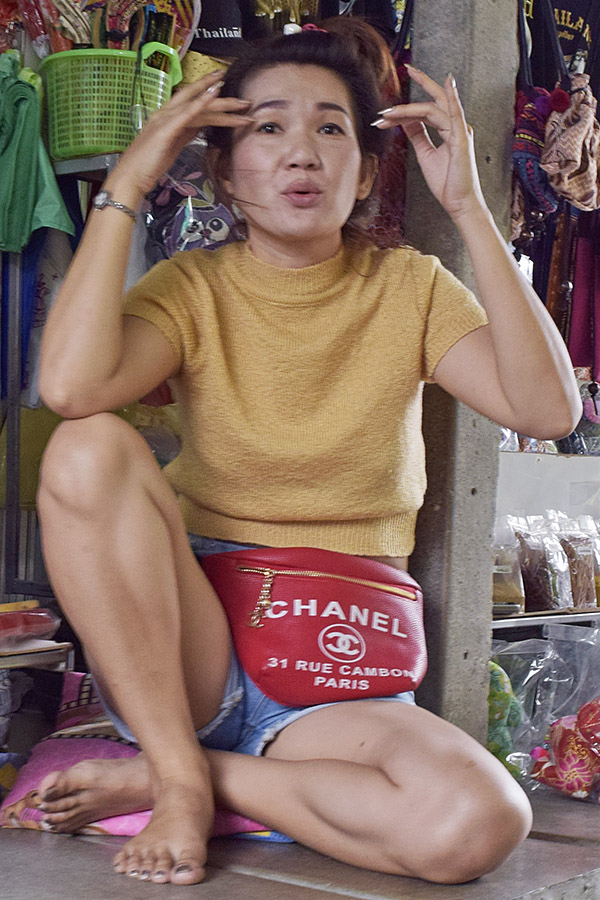
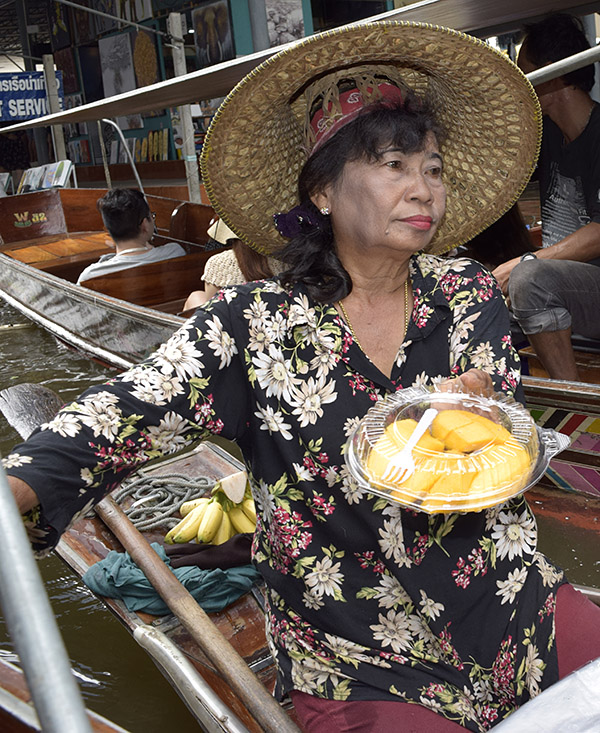
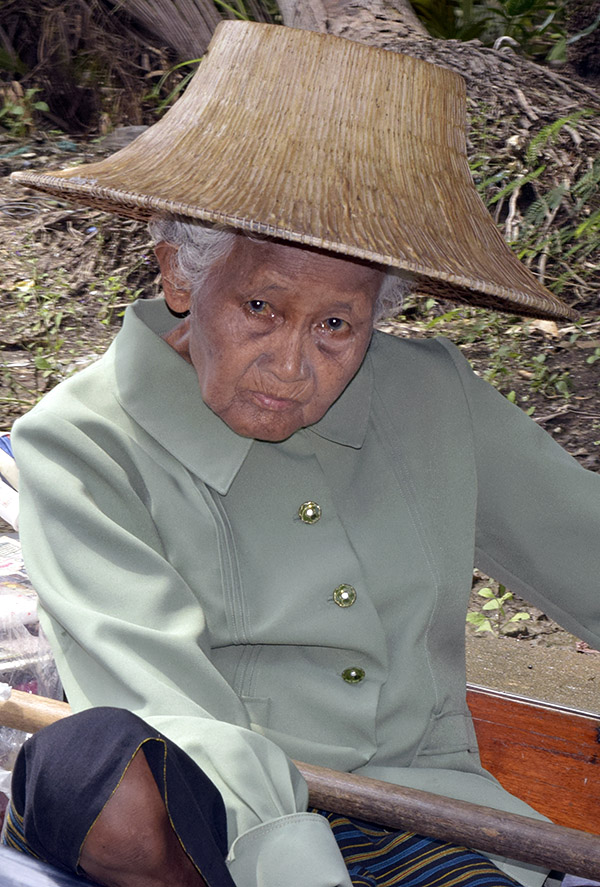
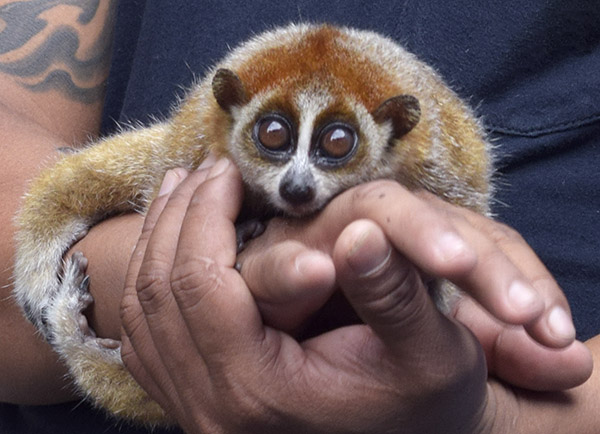
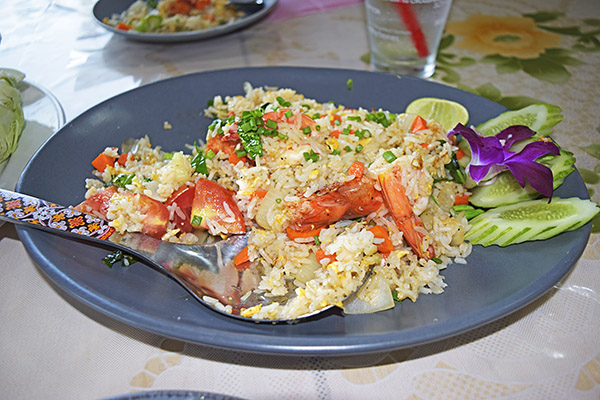

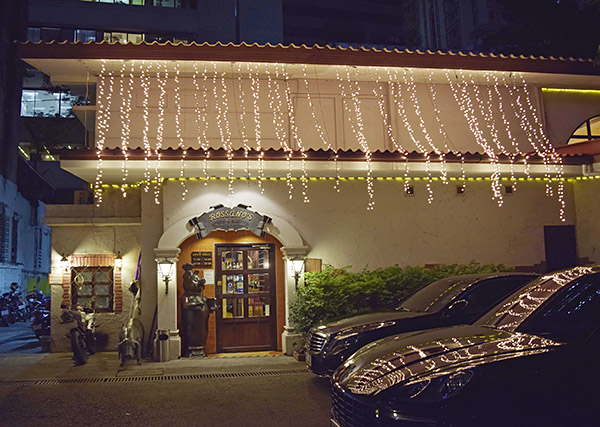
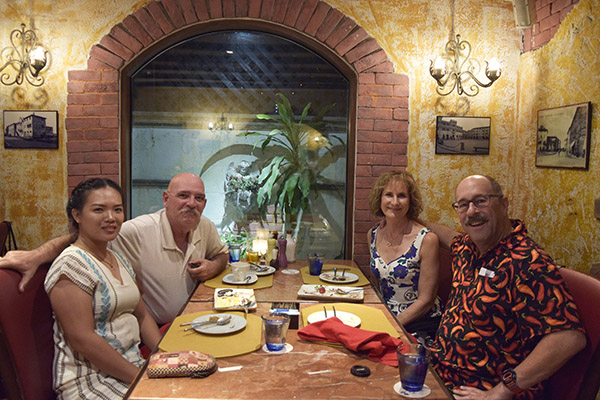
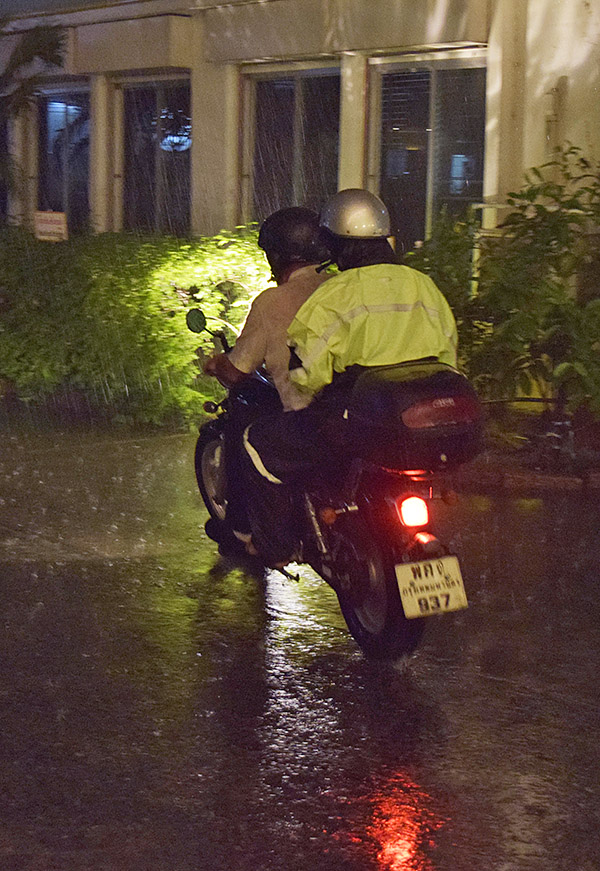

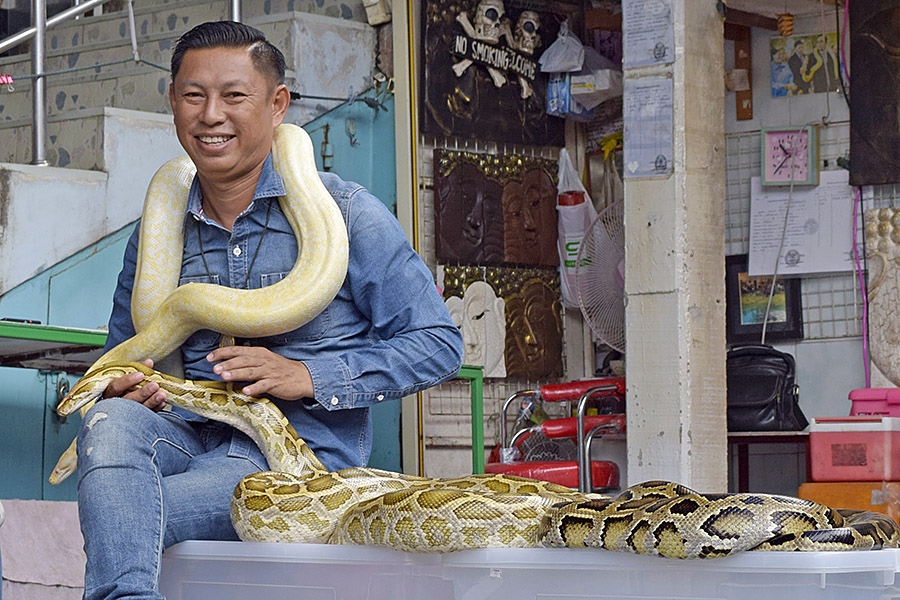


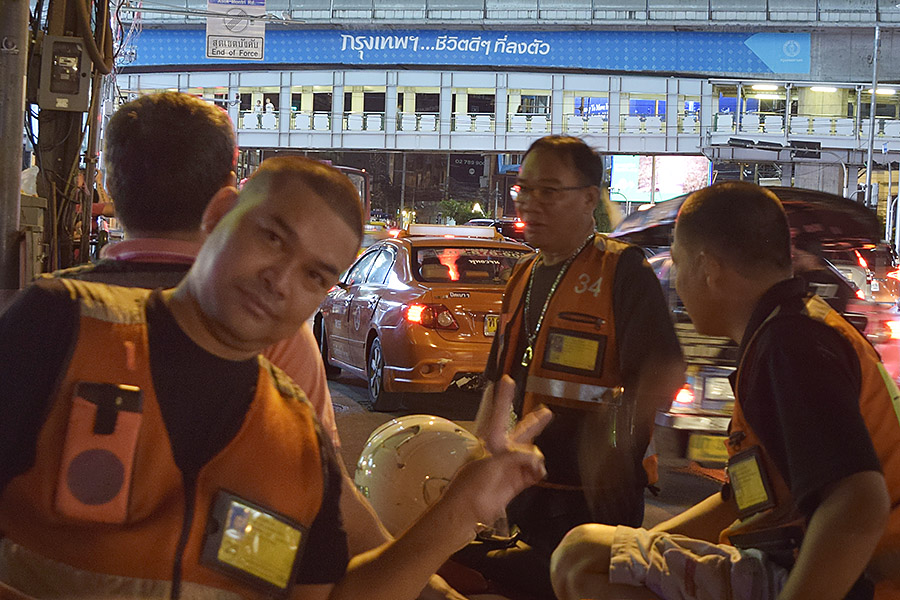
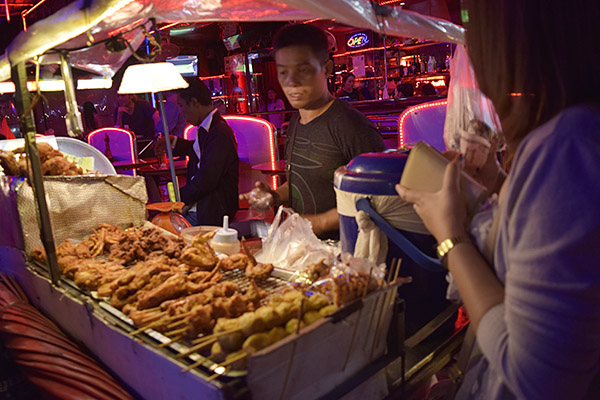
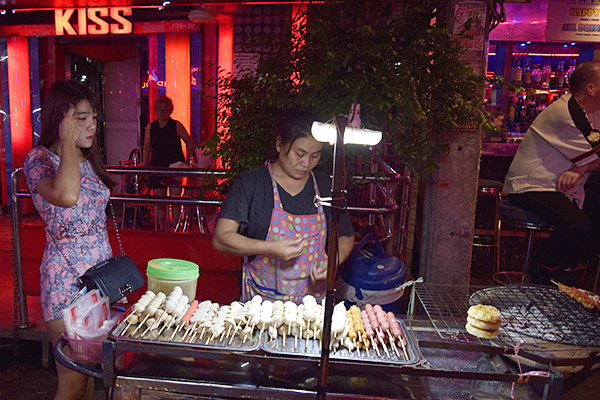
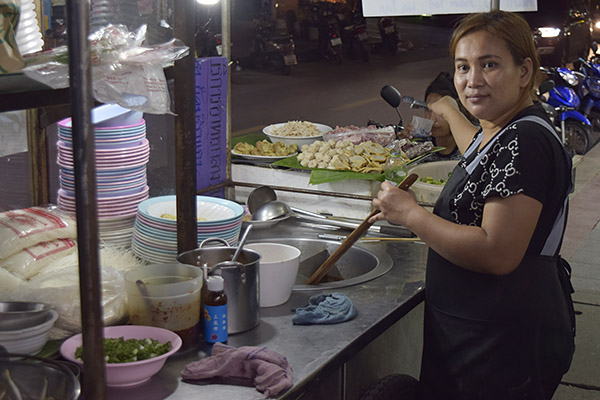
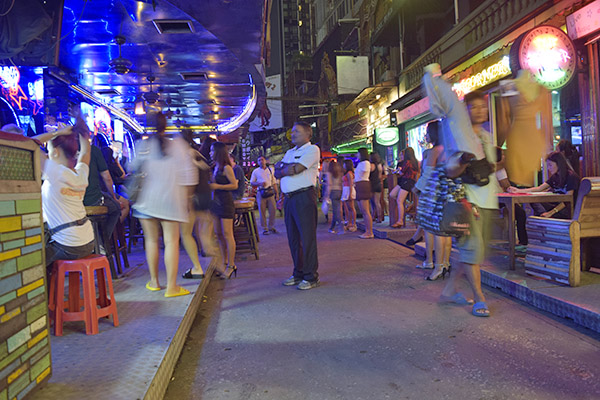
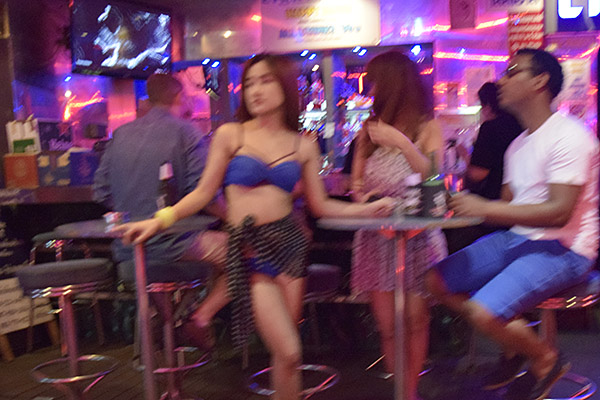
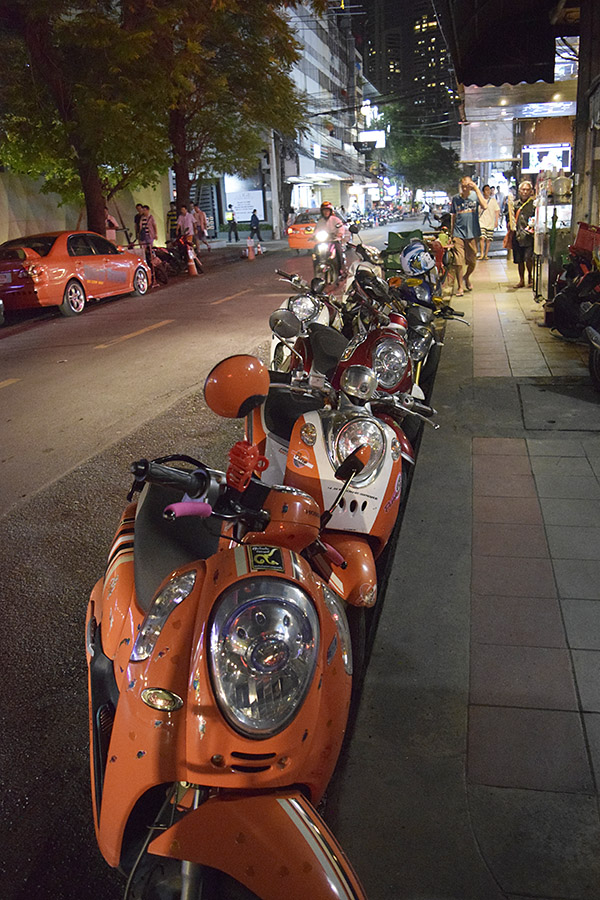
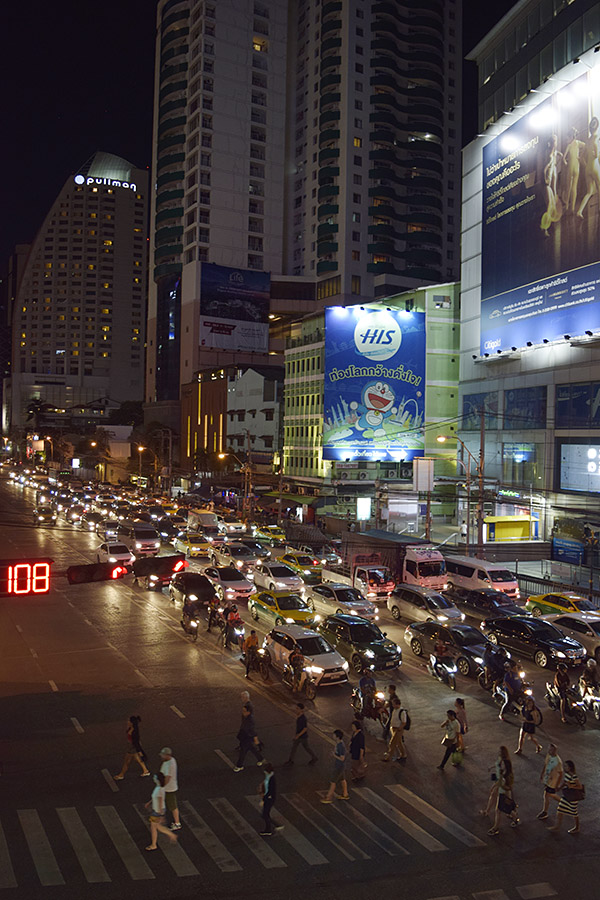
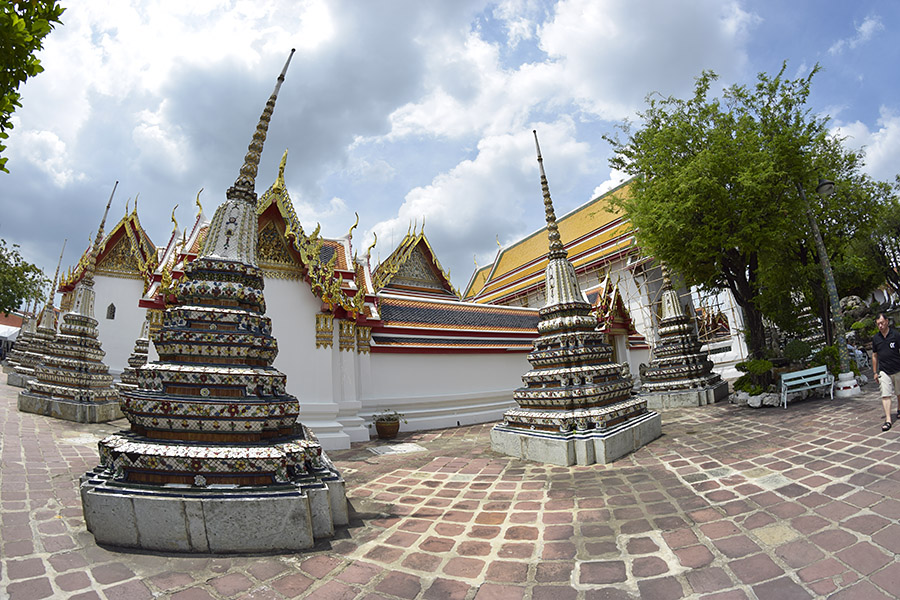
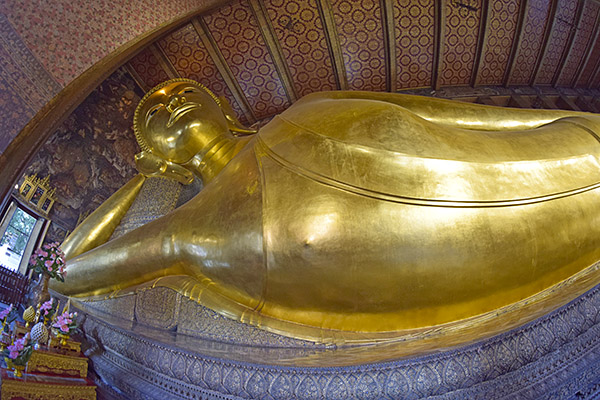
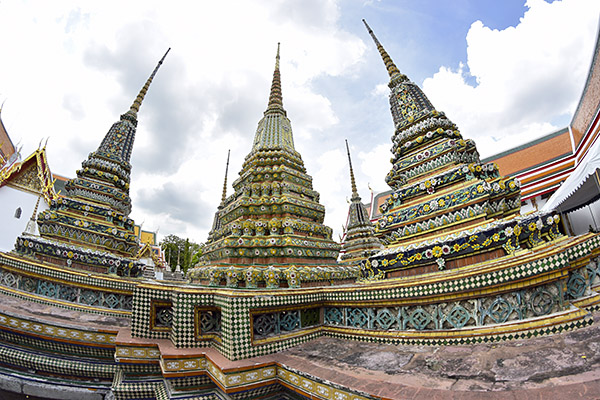
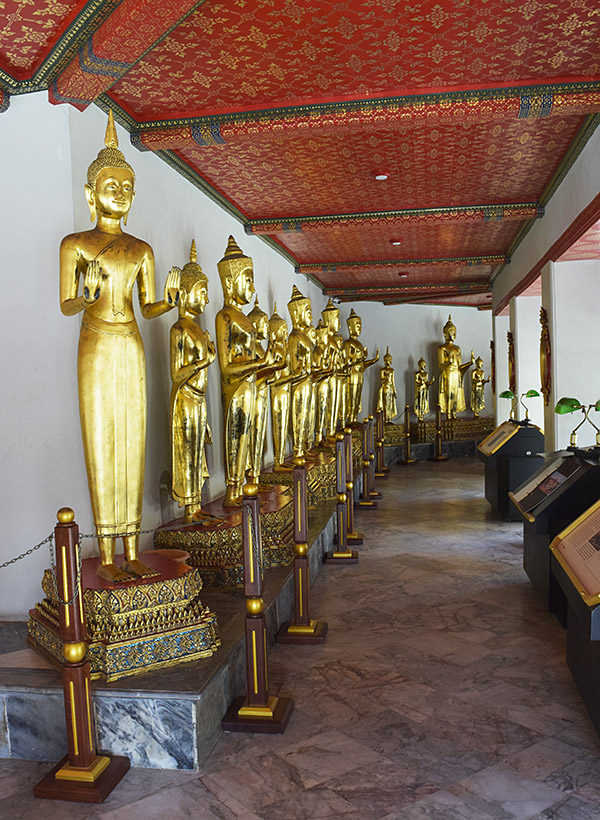
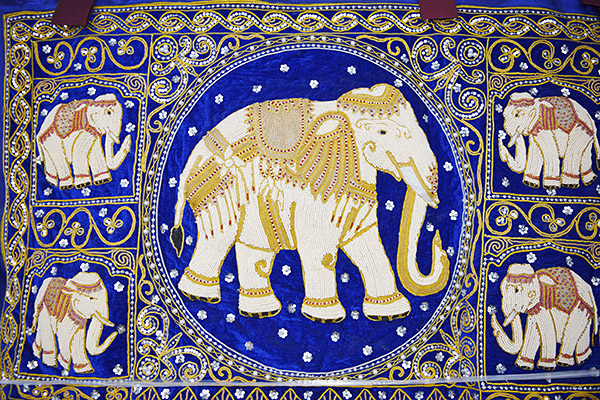
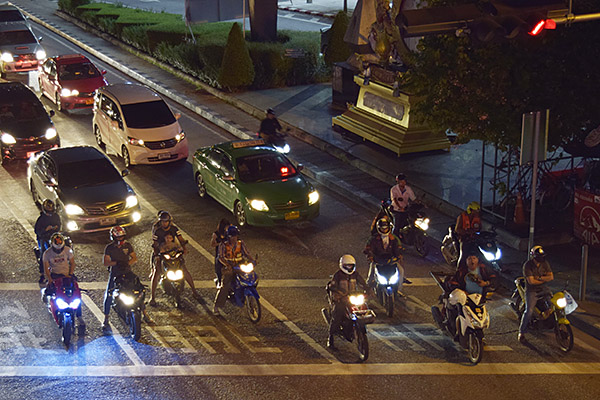

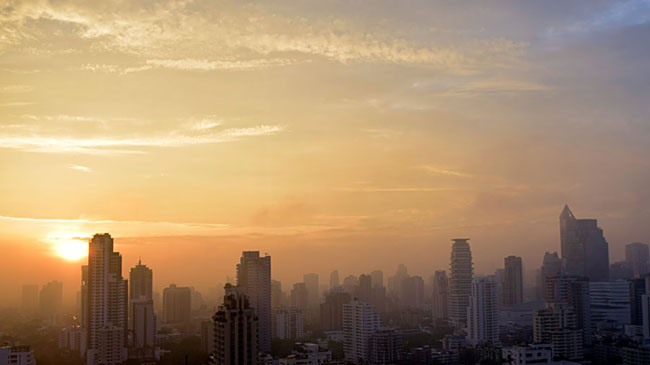
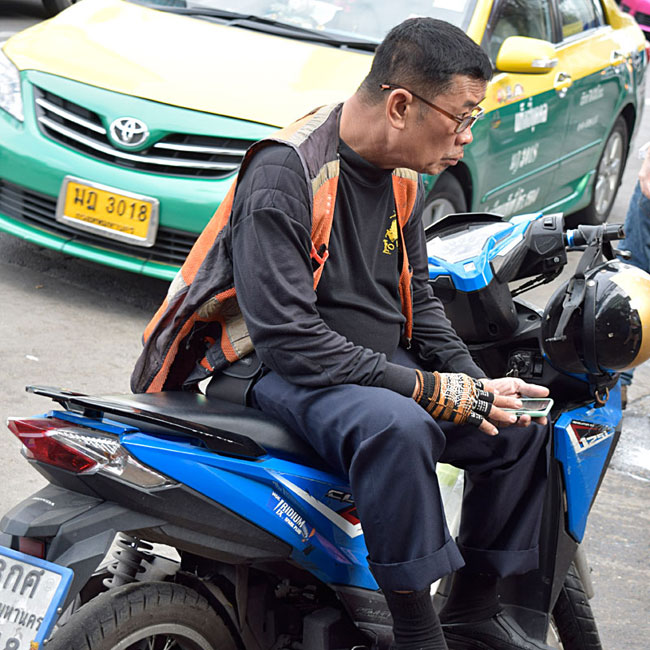
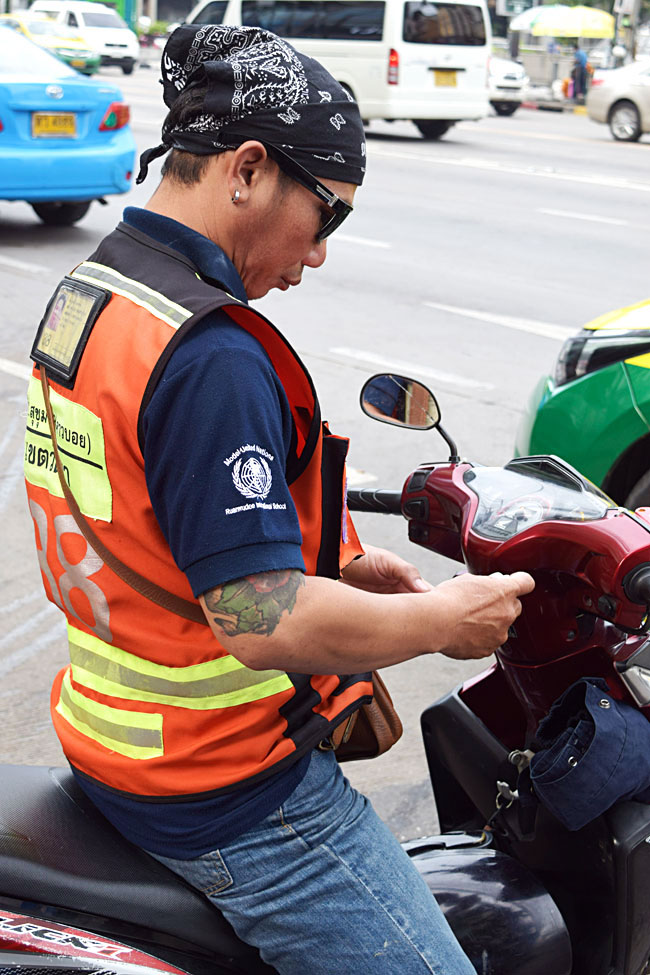


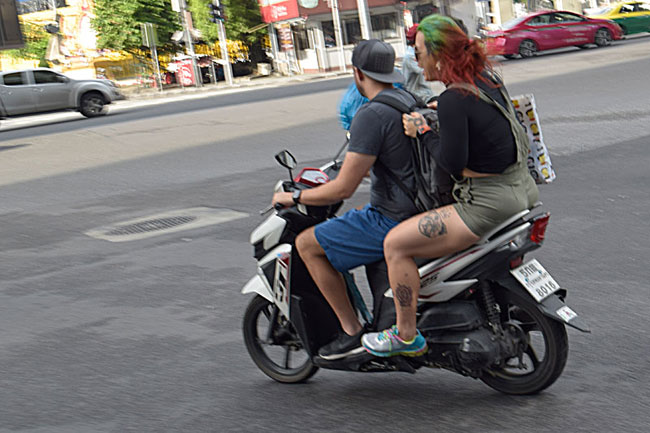
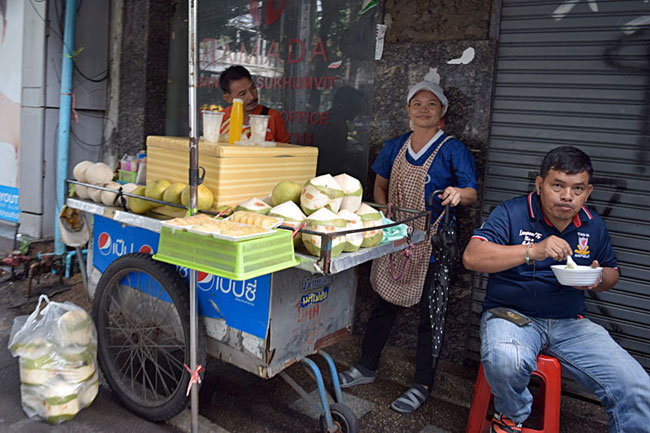



















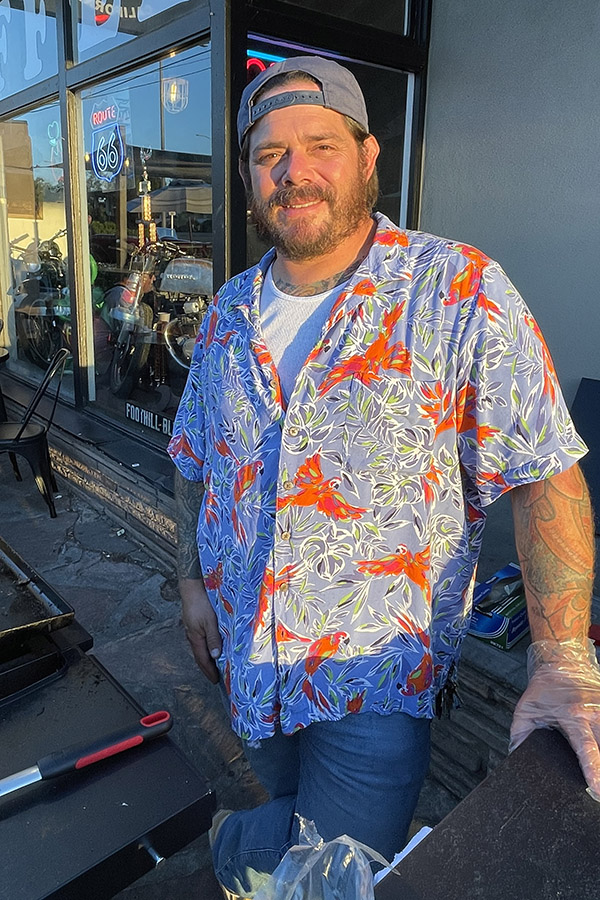
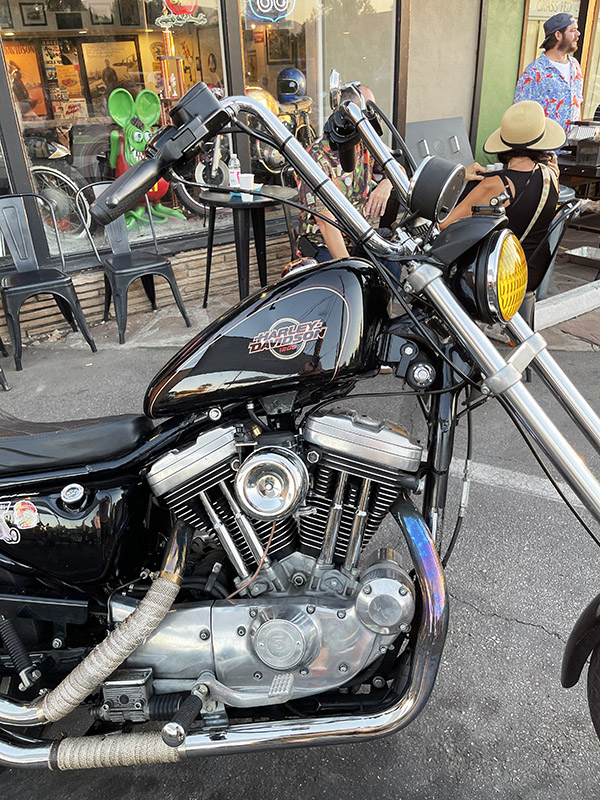



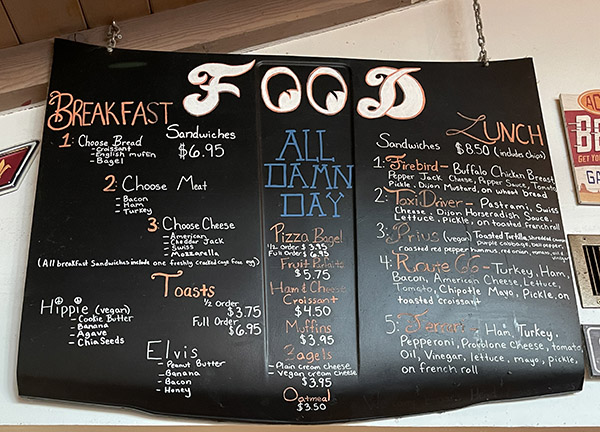


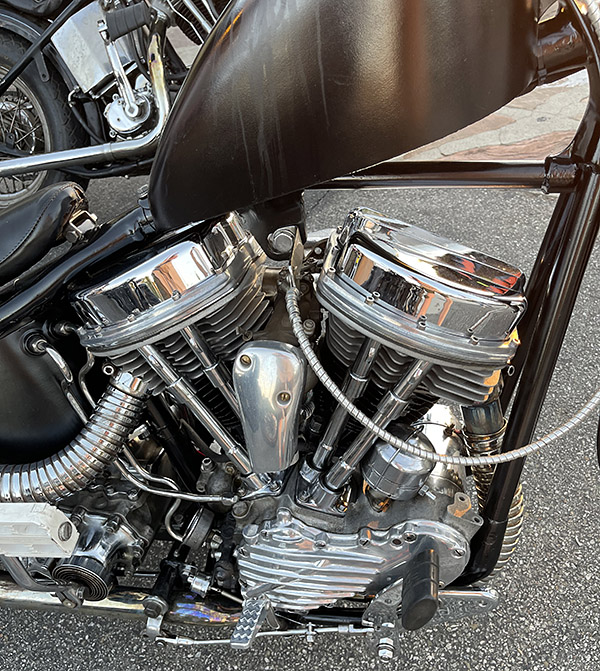
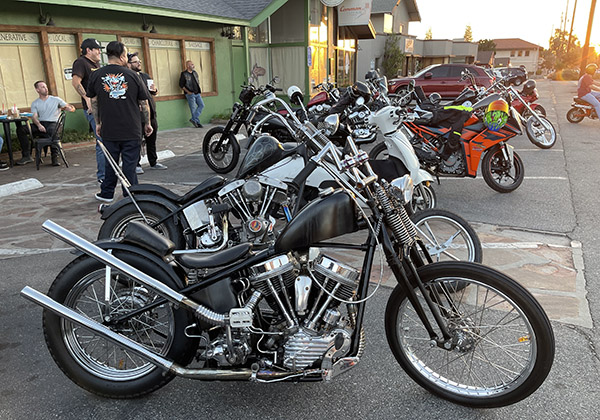


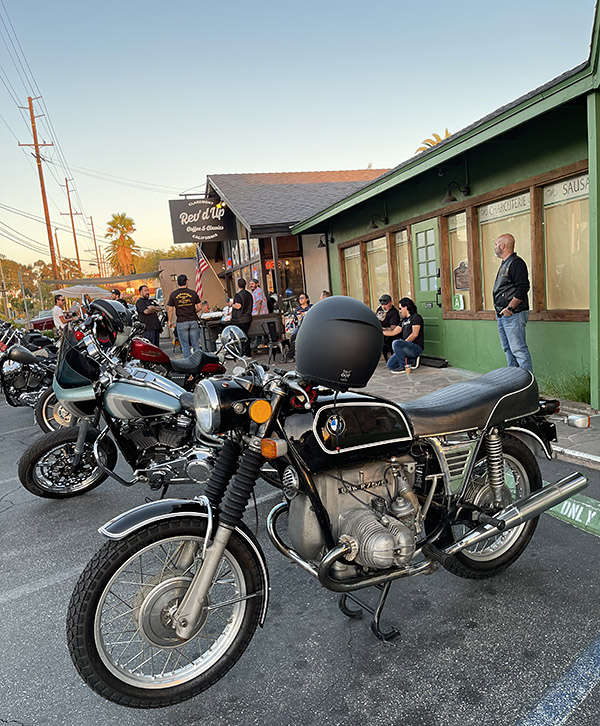

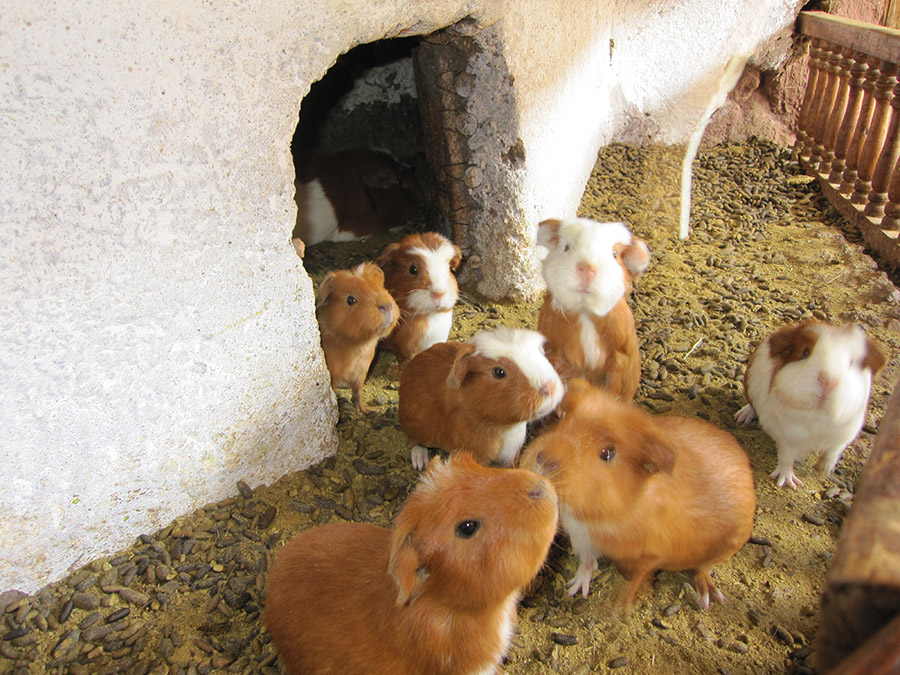
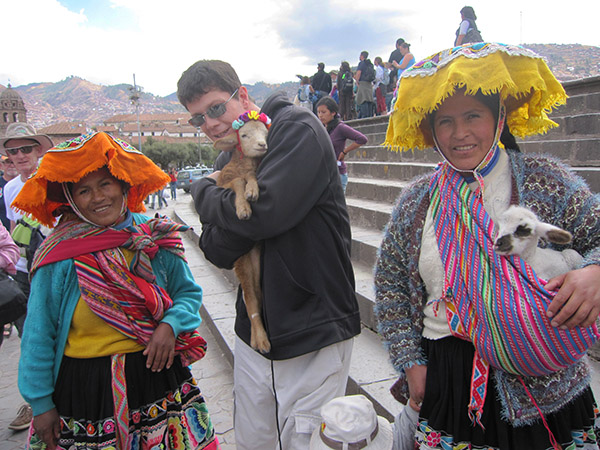
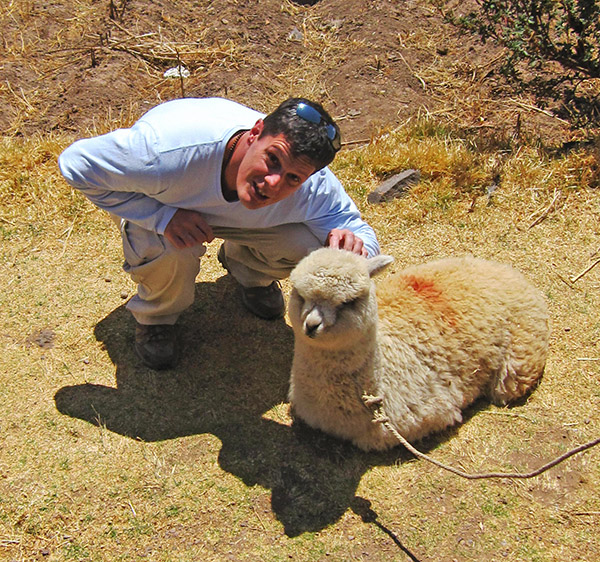
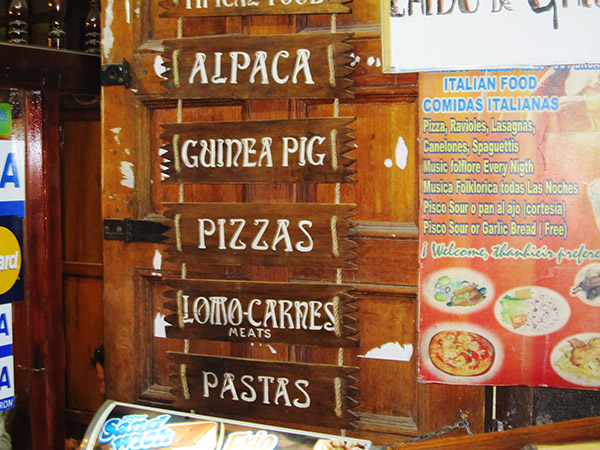
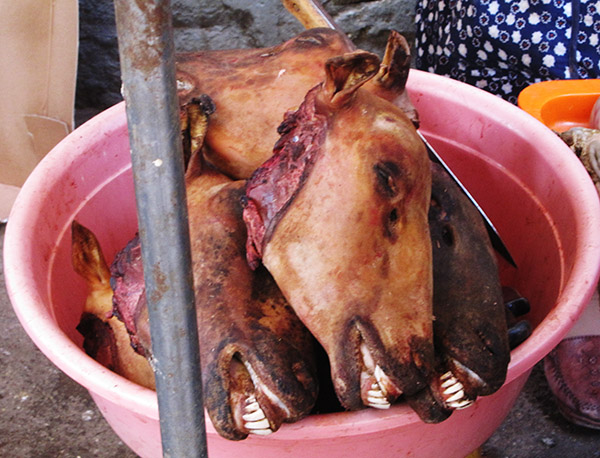
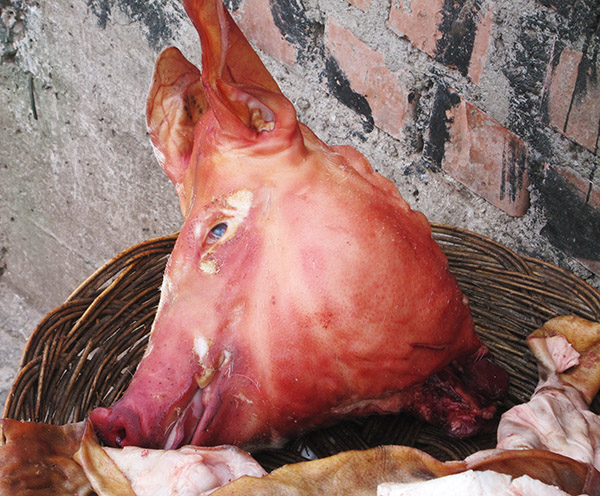
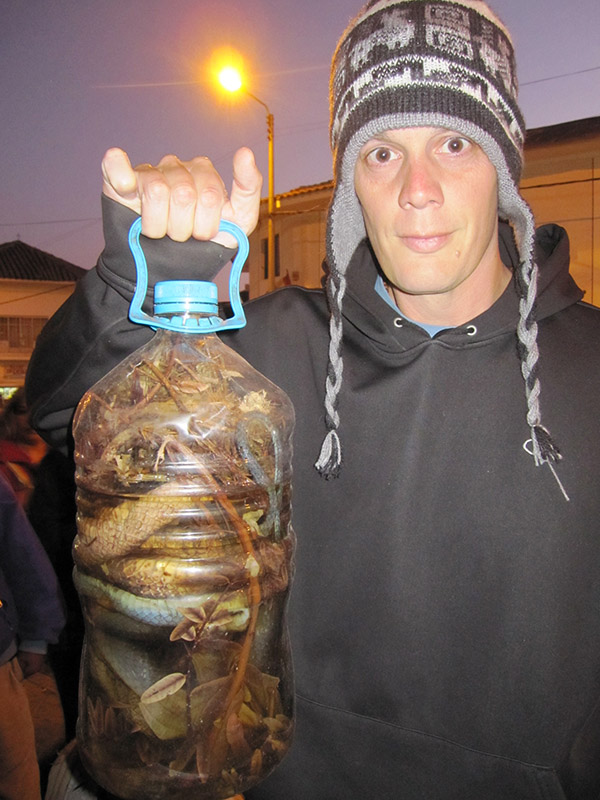
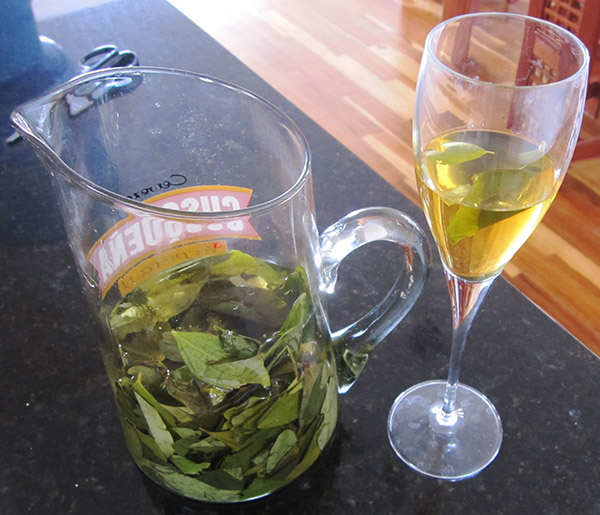
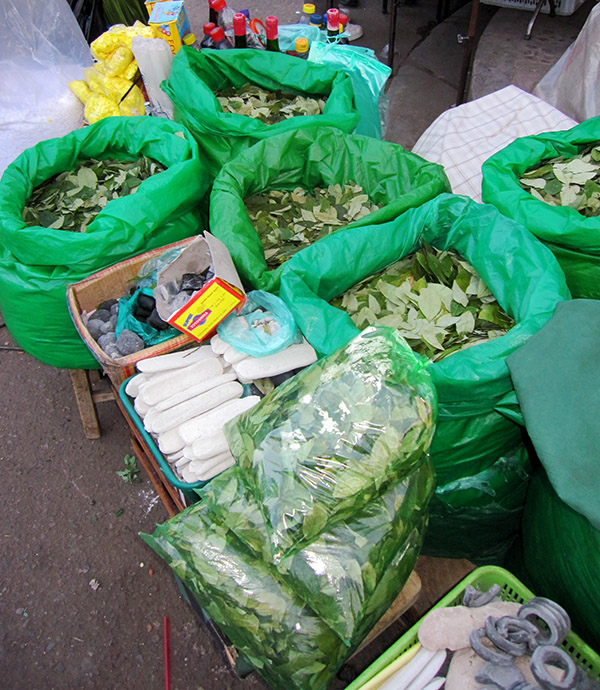
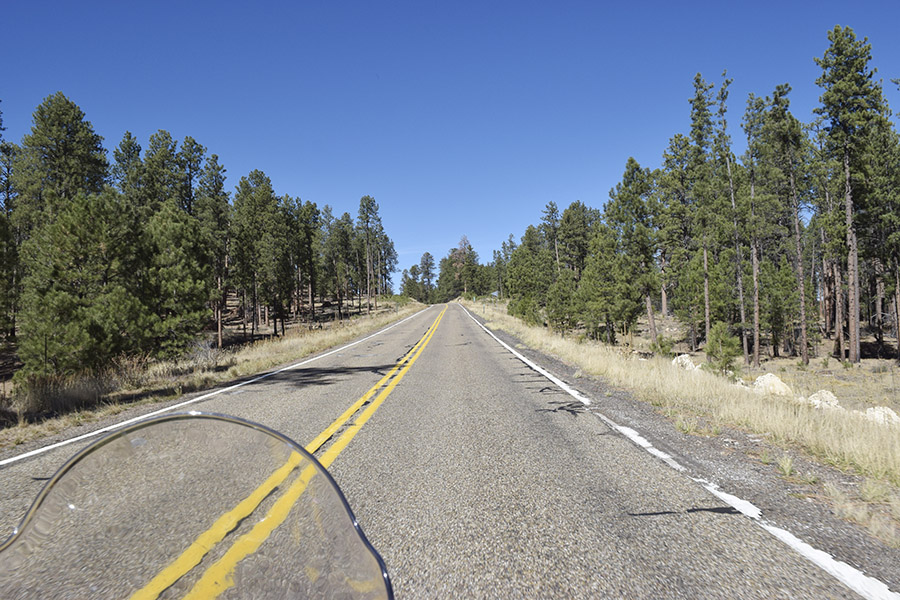
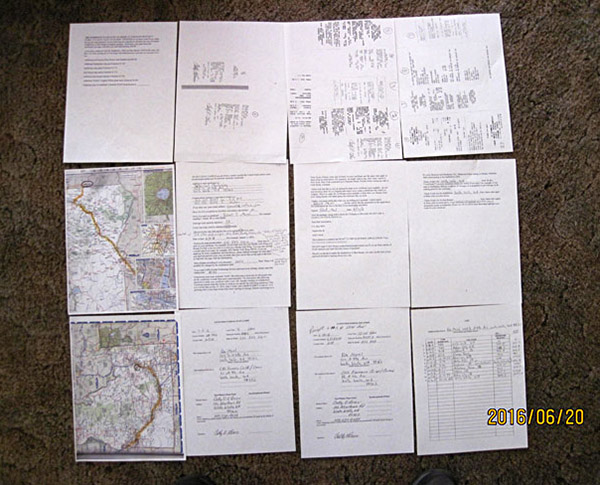

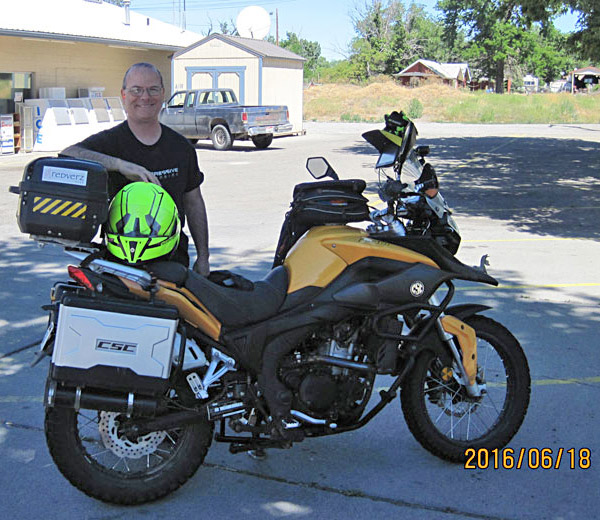
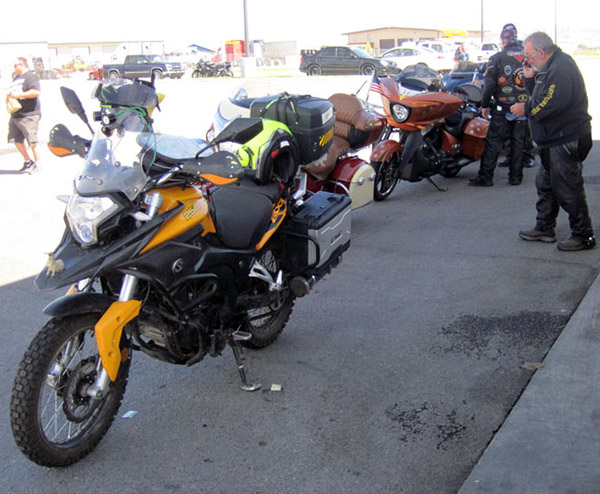
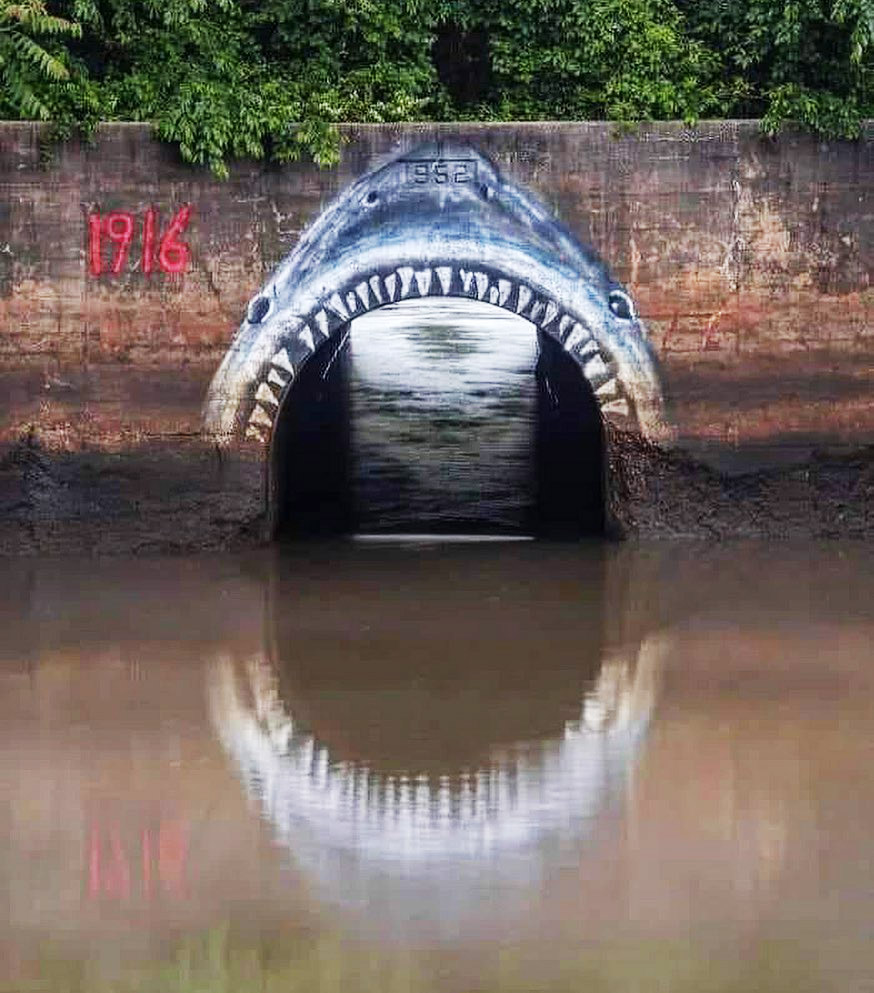
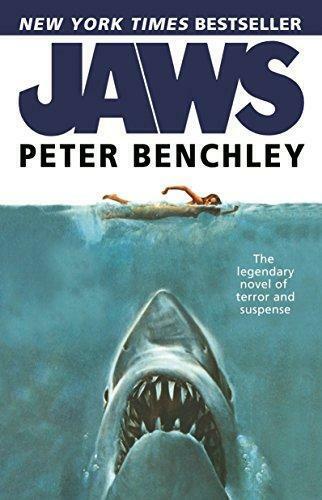
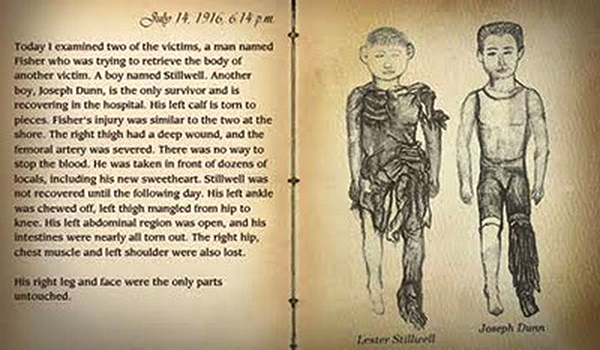

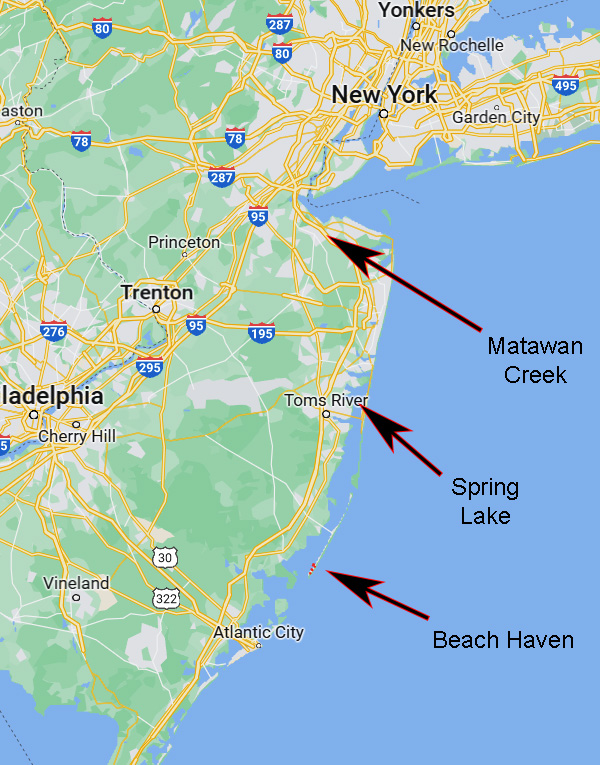



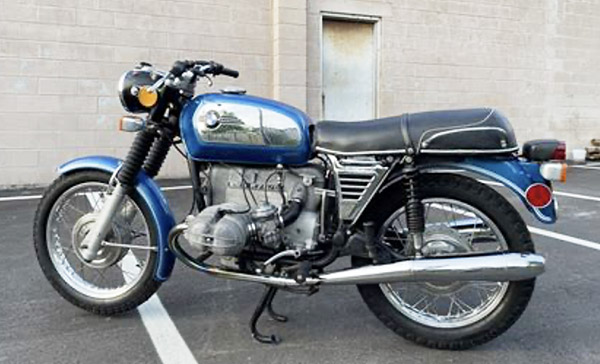
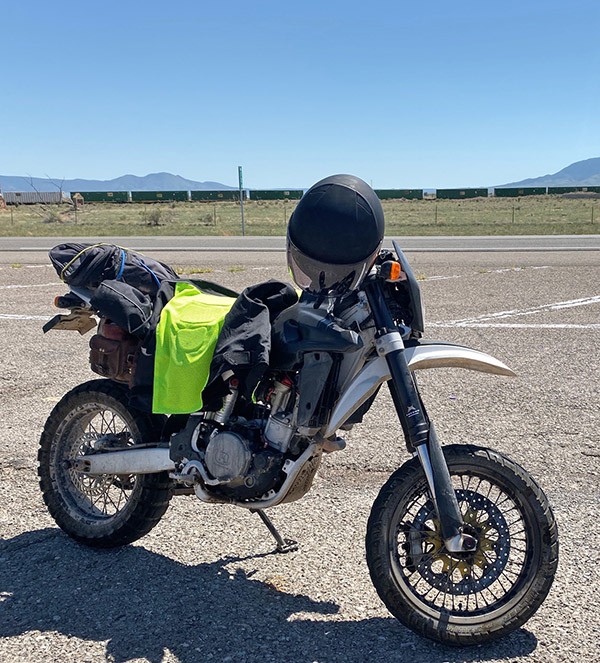
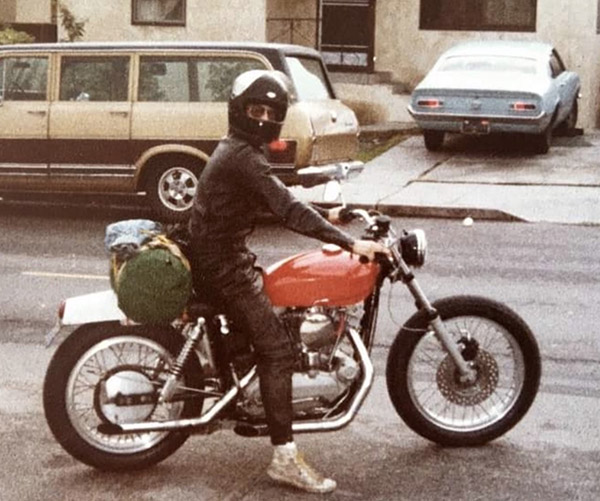 The closest I got to an Iron butt ride was on a 1968 Sportster. This motorcycle is another poor choice for long distance riding. At least the seat wasn’t 4 inches wide on the Sporty. I started out from Van Horn, Texas. It was late March, so it was still pretty chilly in the pre-dawn hours. I rode all the way to Point Loma, California and it took around 18 hours. Of course, with an old Harley all that time wasn’t spent riding. You have to twirl wrenches a bit.
The closest I got to an Iron butt ride was on a 1968 Sportster. This motorcycle is another poor choice for long distance riding. At least the seat wasn’t 4 inches wide on the Sporty. I started out from Van Horn, Texas. It was late March, so it was still pretty chilly in the pre-dawn hours. I rode all the way to Point Loma, California and it took around 18 hours. Of course, with an old Harley all that time wasn’t spent riding. You have to twirl wrenches a bit.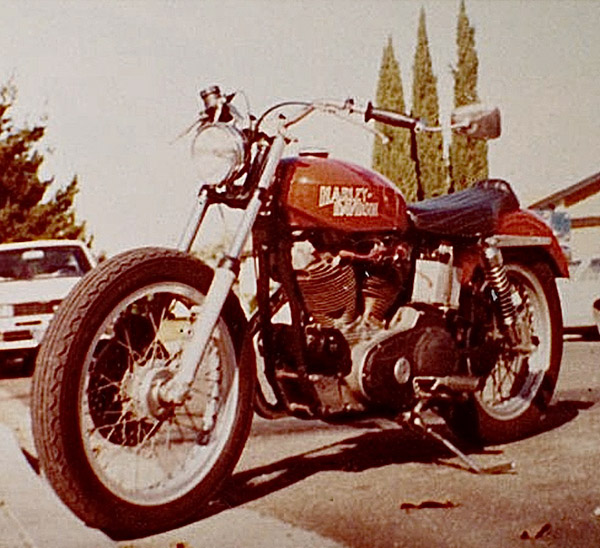 The Sportster’s charging system failed because the mechanical, coil and point type voltage regulator shook itself to pieces. Running a total loss ignition system I had to stop at gas statins and charge the battery every so often, kind of like a modern EV car. As the voltage would drop the bike would start missing due to the plugs whiskering.
The Sportster’s charging system failed because the mechanical, coil and point type voltage regulator shook itself to pieces. Running a total loss ignition system I had to stop at gas statins and charge the battery every so often, kind of like a modern EV car. As the voltage would drop the bike would start missing due to the plugs whiskering.